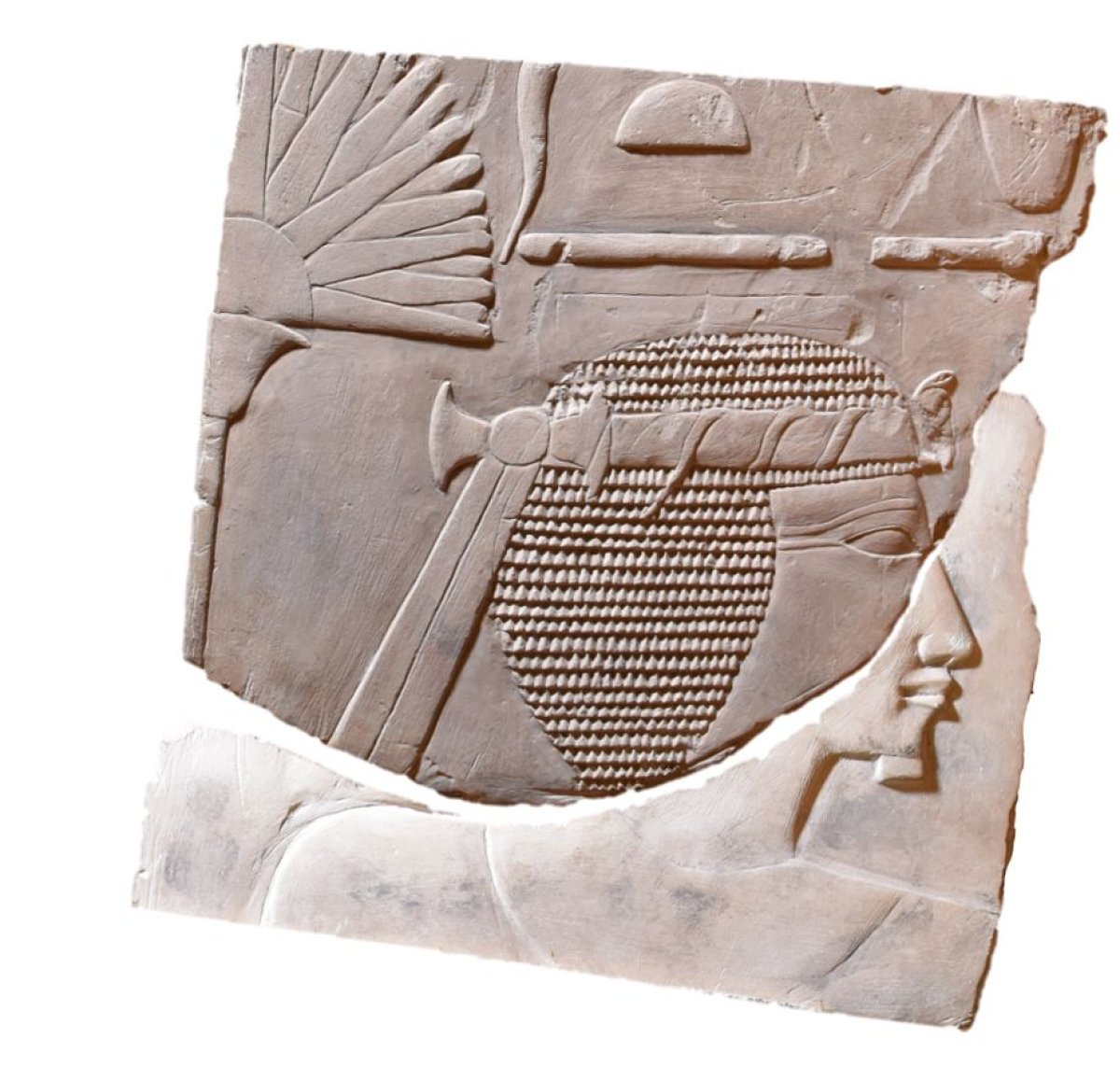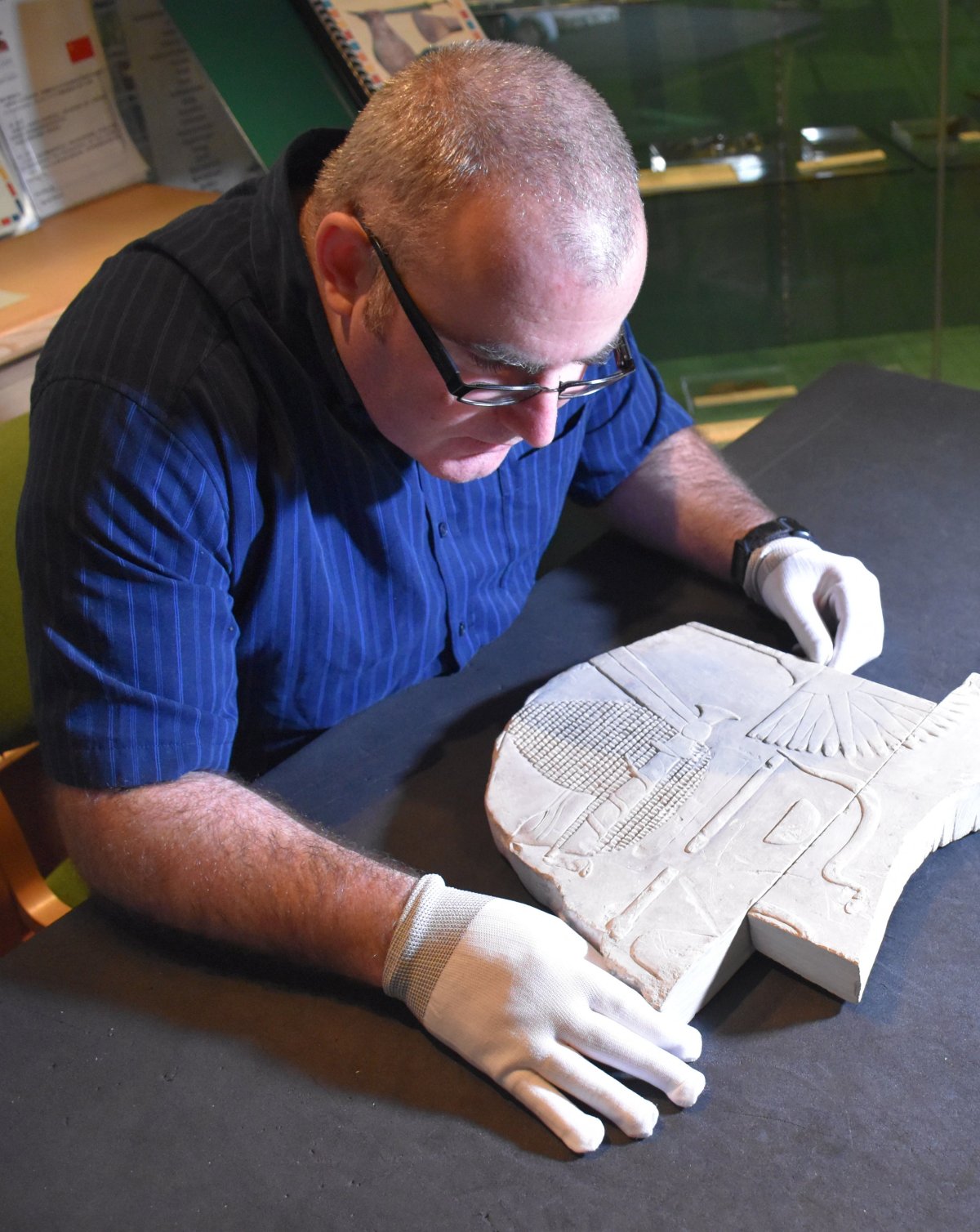Scientists recently reanalyzed two limestone slabs tucked away in storage at the Swansea University, in Wales, and stumbled upon a fascinating discovery. The artifacts appeared to depict Hatshepsut, one of the few female pharaohs to have ruled ancient Egypt.
The two artifacts have been housed at Swansea University since 1971, but the new revelation regarding the actual depictions was only made this month by Swansea University Egyptology lecturer Ken Griffin. During an inspection of the artifacts, Griffin noted that the limestone slabs not only showed an Egyptian pharaoh, but Hatshepsut, one of the most well-known female pharaohs to have ever ruled Egypt, according to a statement about the discovery.

Related: Ancient Egypt: Mummy of Queen Nefertiti brought to life with controversial fair skin in 3-D scan
"I was selecting objects for the handling session and saw an old black-and-white photo of a carving which looked more interesting than the rest.... When we realized what it truly was our jaws hit the floor—mine as well as the students," Griffin told BBC News.
The lower part of the partially destroyed artifacts depict part of a person's nose, mouth, chin and neck. The upper part shows a head with a leaf fan, Atlas Obscura reported. The person's face is missing, but hieroglyphics of a cobra on the forehead show that the individual was a pharaoh.

In addition, the hieroglyphics above the figure's head use female pronouns, making it clear that this was not only a pharaoh but a female one. There were only five female pharaohs in all of Egyptian history, and the style and materials used in the artifacts match others found in the temple of Hatshepsut, Smithsonian reported.
Related: The sad story behind Egypt's ugly Nefertiti statue
Hatshepsut ruled as pharaoh from 1478 to 1458 B.C., and her reign is revered as one of peace and prosperity.
Researchers, however, haven't confirmed where the artifacts came from prior to their arrival in Wales nearly 50 years ago. Little information was available regarding the origins of the slabs before they came to Swansea in 1971, a press release noted. Now, Griffin and fellow Egyptologists are working to trace back exactly where the artifacts were uncovered. The relics will be placed on display in the House of Life at the Egypt Centre in Swansea.
Uncommon Knowledge
Newsweek is committed to challenging conventional wisdom and finding connections in the search for common ground.
Newsweek is committed to challenging conventional wisdom and finding connections in the search for common ground.
About the writer
To read how Newsweek uses AI as a newsroom tool, Click here.








